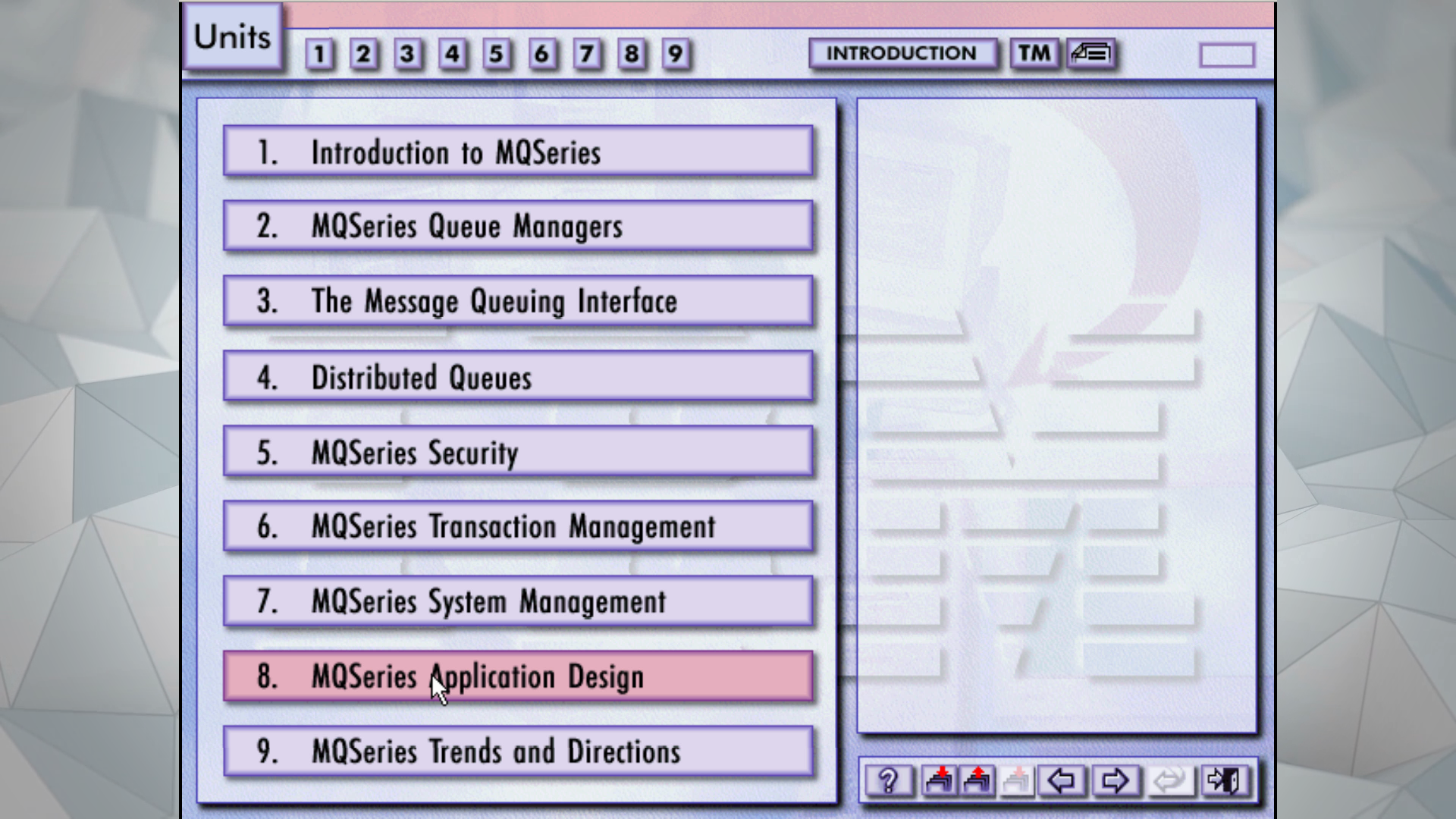Have to find something good in the current situation, and here’s one thing that worked for me.
My passport expires later this year. I was a bit worried about finding a suitable gap in my schedule when I could do without it for a while. As soon as it became obvious there would not be any travel in the immediate future, I filled out the online form and used my phone to take and upload a new photo. The UK government site said the normal processing takes up to three weeks. 12 days later my new passport was delivered (with the blue/black cover). Much faster than I had expected.
I also need to get the US Global Entry renewal sorted out. That requires an initial background check from the UK which claims to take up to 2 weeks. I received the approval for that in 12 hours.
Just hope I get to use the passport soon…

